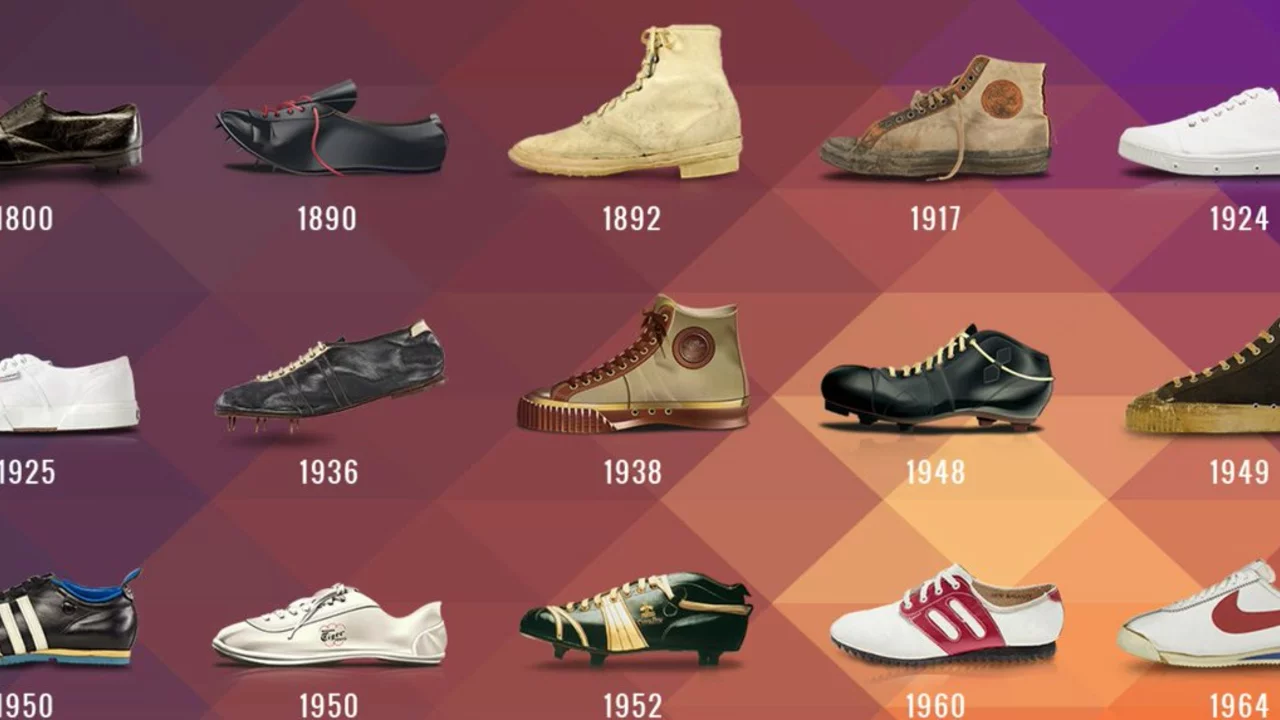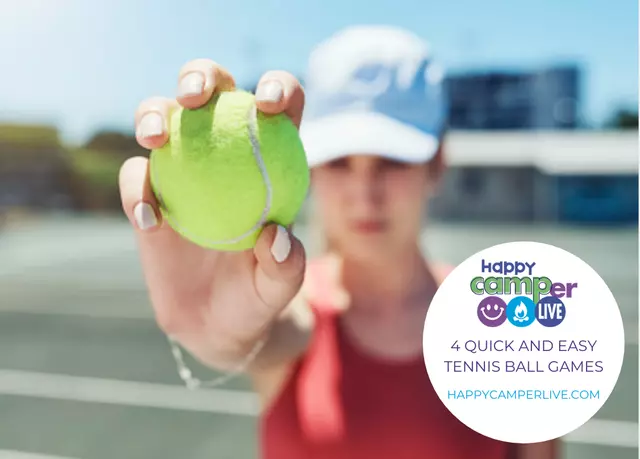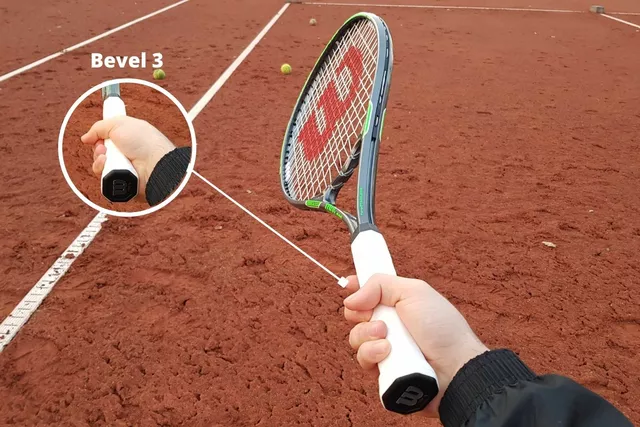General Sneakers Guide: Picking the Right Pair for Tennis and Daily Play
Ever stare at a shelf full of sneakers and wonder which ones will actually help your game on the court and look good off it? You’re not alone. The right shoe can boost your speed, protect your joints, and keep you comfortable all day. Below, I break down the key things to look for, so you stop guessing and start playing (or walking) with confidence.
Fit and Comfort Come First
Before you even think about brand or price, try the shoe on. Your foot should have a thumb’s width of space between the end of your longest toe and the front of the shoe. Too tight and you’ll get blisters; too loose and you’ll lose stability during quick moves. Walk around the store, hop, and do a quick side‑to‑side shuffle – the shoe that feels solid without pinching wins.
Support, Cushioning, and Durability
For tennis, you need a blend of lateral support and shock absorption. Look for a sturdy mid‑sole that bends forward but resists side‑to‑side roll. Good cushioning in the heel and forefoot protects your knees and ankles when you sprint for a serve. On the outside, check the outsole material: a high‑wrist rubber with a patterned tread lasts longer on hard courts and still works on pavement.
If you’re buying a general sneaker that doubles as a tennis shoe, pick one with a breathable mesh upper. It keeps your foot cool during long rallies and daily walks. Reinforced toe caps add extra durability for sliding on the baseline.
Weight Matters, but Not at the Cost of Stability
Lighter shoes feel faster, but they shouldn’t wobble under you. Aim for a shoe that feels feather‑light yet solid when you push off. Many modern designs use lightweight foam and engineered mesh to keep the weight down without sacrificing support.
Style Meets Function
Let’s face it – you’ll wear these shoes off the court too. Pick a color or design you love, but remember that darker shades hide scuffs better. A clean silhouette works with everything from shorts to jeans, so you get the most wear out of your purchase.
Price and Brand Considerations
Big names like Nike, Adidas, and Asics often price higher, but they also invest in research for better stability and durability. Mid‑range brands can offer great performance if you focus on the features listed above. Don’t chase hype; match the shoe’s specs to your needs.
Finally, give your shoes a break after a few intense matches. Let them air out, and replace them when the outsole’s pattern thins out or the mid‑sole feels compressed. A good pair of general sneakers can last a season on the court and still look fresh for everyday wear.
Now you’ve got a clear checklist: fit, support, cushioning, weight, style, and price. Use it next time you’re shopping, and you’ll walk away with shoes that boost your game and your confidence.

Why are all general sneakers called tennis shoes?
In my latest blog post, I explored why we often refer to all general sneakers as "tennis shoes". This commonality is rooted in history when the first rubber-soled shoes, designed for playing tennis, entered the market. Over time, this name stuck and became a generic term for all rubber-soled athletic shoes, regardless of the specific sport they were designed for. So, even though we've got basketball shoes, running shoes, and more, we still often call them all "tennis shoes". It's an interesting tidbit of fashion and sports history that continues to influence our language today.
Detail



